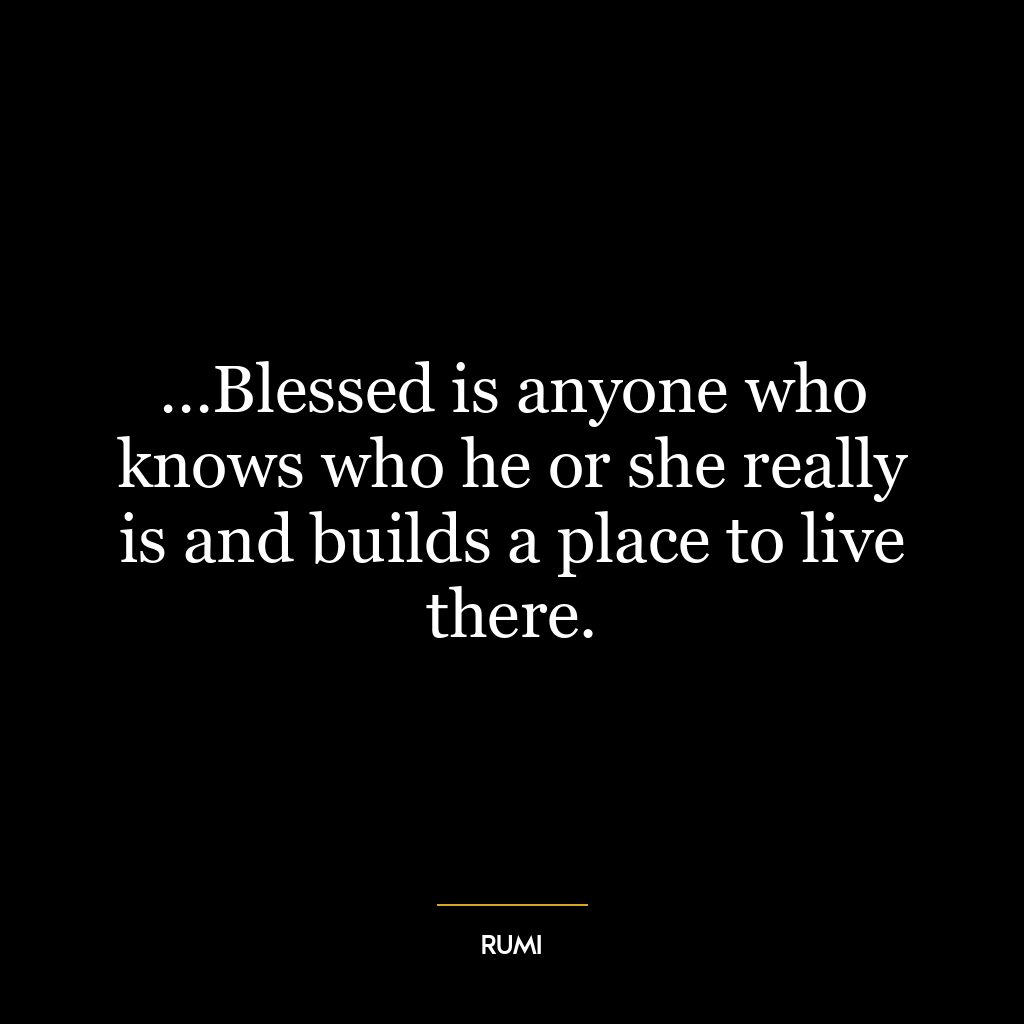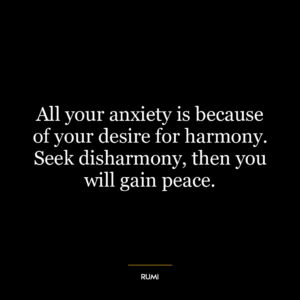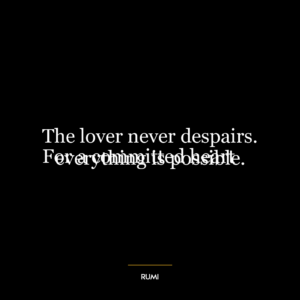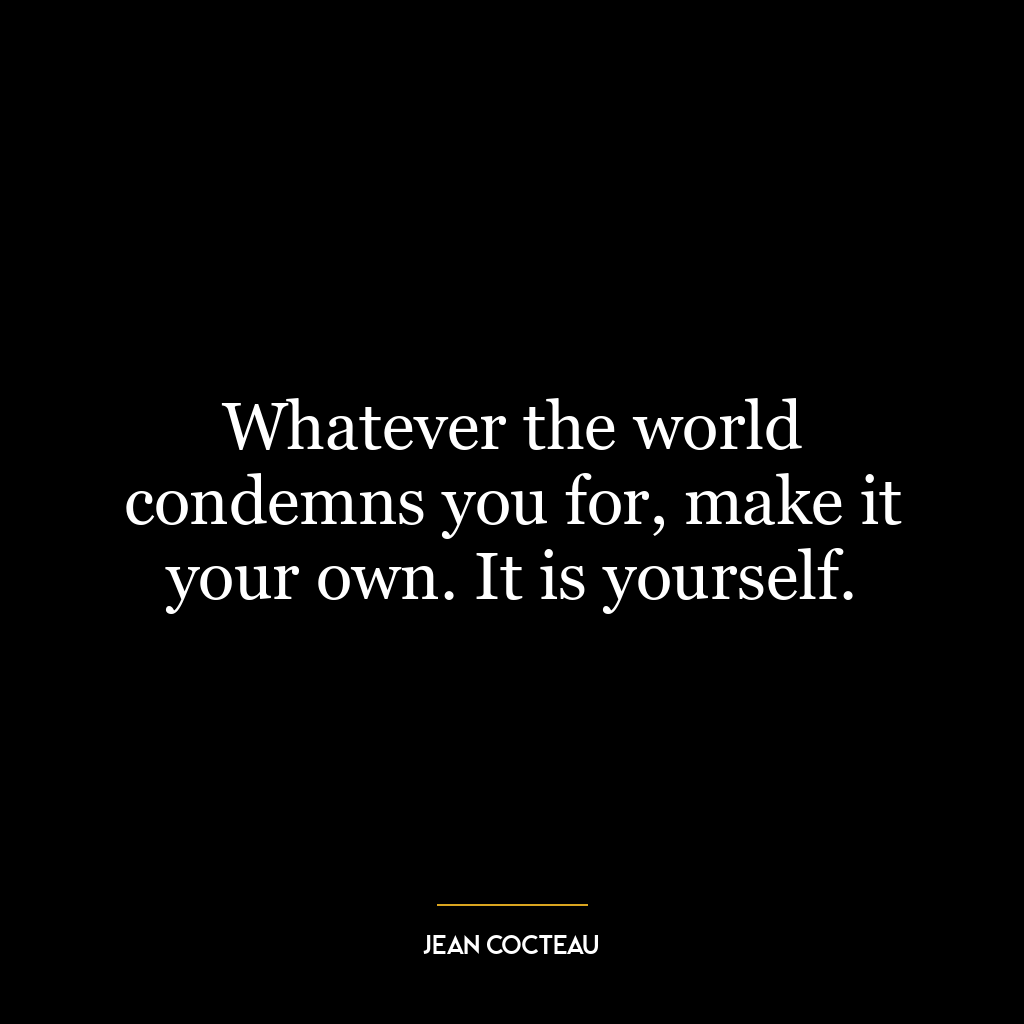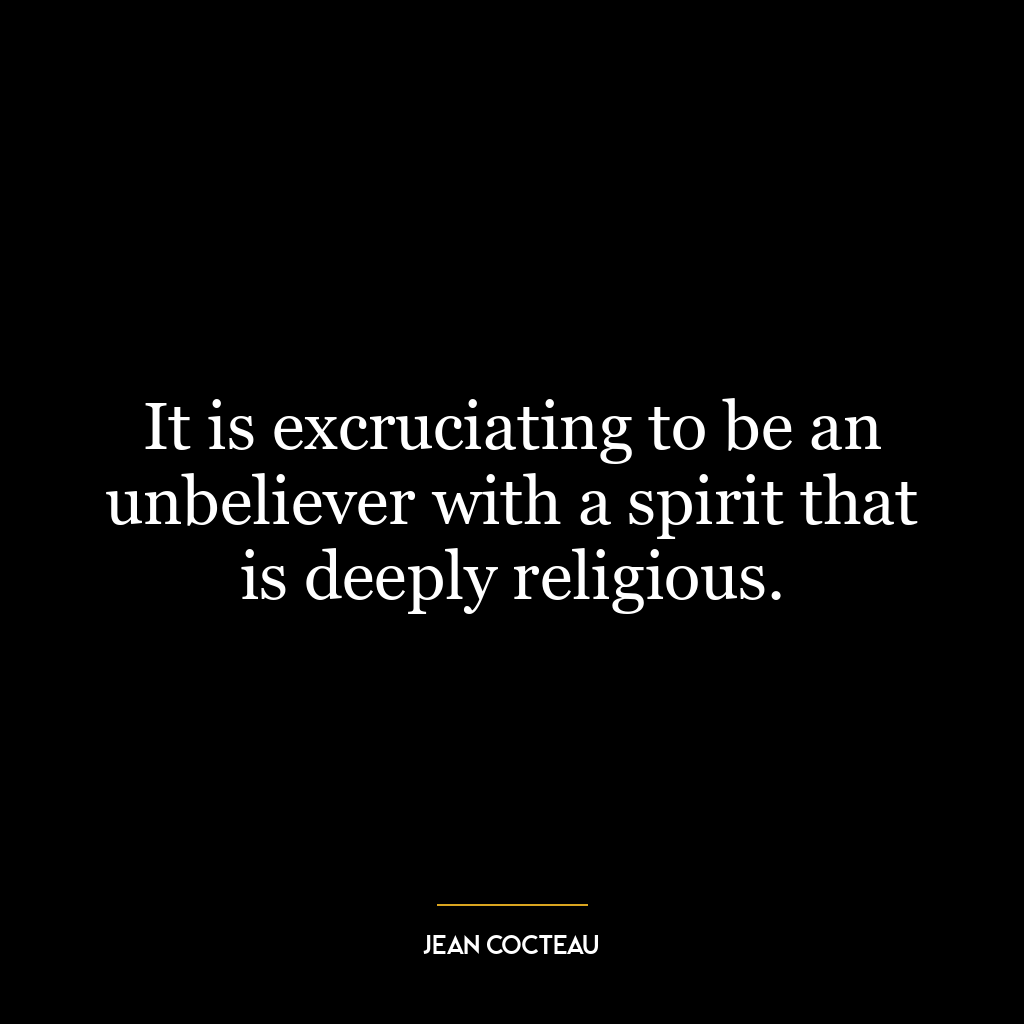This quote emphasizes the importance of self-awareness and authenticity. It suggests that true happiness or ‘blessedness’ is found in understanding one’s true self and creating a life that reflects that understanding. It’s about acknowledging our strengths, weaknesses, passions, and fears, and then constructing a life around these truths instead of trying to fit into a mold created by society or other external influences.
The "place to live" mentioned in the quote can be interpreted as both a physical and metaphorical space. Physically, it might mean creating an environment that reflects who we are, whether that’s a home filled with books for a passionate reader or a studio for an artist. Metaphorically, it could mean creating a lifestyle, career, or personal identity that aligns with our inner self.
Applying this idea in today’s world, especially in the context of personal development, involves a process of introspection and self-discovery. In a world that often encourages conformity, it’s easy to lose sight of our unique identities. Hence, it’s crucial to spend time understanding our values, passions, and desires.
For example, someone might realize that they value creativity over stability, leading them to leave a 9-5 job for a freelance career. Or, someone might discover a passion for environmental activism, leading them to build a life around that cause. In both cases, they are ‘building a place to live’ based on their true selves, resulting in a life that feels authentic and fulfilling.
This quote also suggests that this process isn’t a one-time thing, but a continuous journey. As we grow and change, our understanding of ourselves will also evolve. Therefore, the ‘place’ we build should also be flexible, allowing us to adapt and grow.
In conclusion, this quote encourages us to embrace our individuality and create a life that truly reflects who we are. It’s a call to authenticity, self-awareness, and personal growth, values that are increasingly important in today’s fast-paced, often superficial world.

